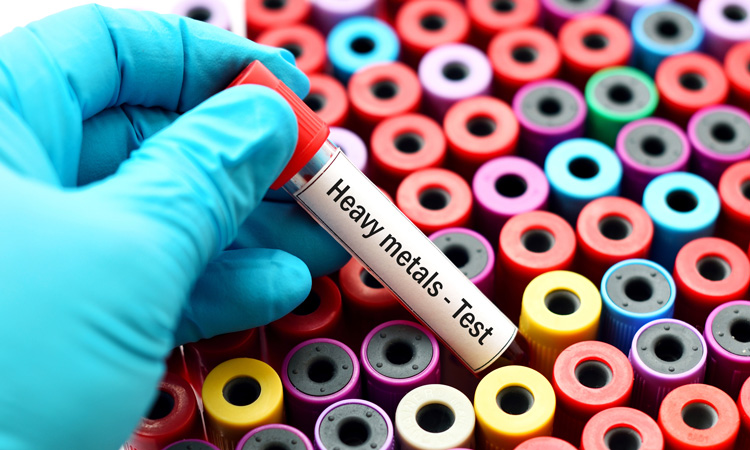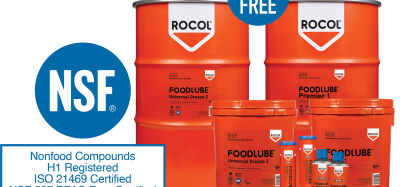Researchers develop faster method to test for toxic metals in food and water
Posted: 4 August 2020 | Sam Mehmet (New Food) | No comments yet
The method uses ultra-sound assisted cloud-point extraction and dispersive micro-solid phase extraction to quickly identify trace metals in some vegetables and water.


Researchers at the University of Johannesburg have developed a sensitive method to test for dangerous levels of heavy metals in some foods and water.
The researchers said that it is possible to test for several metals at the same time, with the possibility for automation to be added. The instrumentation used is readily available in laboratories in developing countries, they noted.
Trace metals such as lead (Pb), arsenic (As), cadmium (Cd) and thallium (Tl) are toxic even at very low concentrations (levels). Arsenic, cadmium and chromium hexavalent compounds are also recognised as carcinogens by International Agency for Research on Cancer (IARC) and the US National Toxicology Program (NTP).
“The study provides a simple, fast and sensitive method for laboratories with limited resources. The research results can also improve food quality for consumers,” said lead author Professor Philiswa Nomngongo, SARChI Chair, Nanotechnology for Water at the University of Johannesburg.
“This study contributes data that can be used as a reference when setting up or revising the guidelines for the maximum allowable levels in common vegetables and palatable water,” she added.
“The method is environmentally friendly and conforms to green analytical chemistry principles. It does not introduce secondary pollution.”
Previous studies used similar methods, but for analysis of organic pollutants, explained Dr Luthando Nyaba, co-author of the study. “This is the first time where a clay-based adsorbent is combined with a cloud point extraction method for simultaneous analysis of trace metals in vegetables and palatable water,” he said.
“In this method, we convert solid vegetable samples into liquid form. This makes it possible to directly analyse trace metals with a suitable analytical instrument. Direct, simultaneous analysis means that more vegetable samples can be analysed at the same time, and quicker than was possible before.”
The method uses ultra-sound assisted cloud-point extraction and dispersive micro-solid phase extraction to preconcentrate samples from vegetables and water. The samples are then directly analysed with inductively coupled plasma optical emission spectrometry.
The equipment used for the research is a few years old, Nomngongo noted, but if “we buy vegetables at eight in the morning, we have the analysis results by one in the afternoon.”
To identify trace metals in foods and water, analytical chemistry techniques are required. These evolve over time much like apps on mobile phones, the researchers explained.
“The developers of a phone app can fix software bugs without rewriting the app completely. They add fixes to a new version, and users download the new version to benefit.
“Analytical chemists are like software developers, making updates to an existing method to make them compliant with new analytical chemistry principles. In this case, one of our goals was to significantly the reduce the amounts of hazardous solvents traditionally used in testing for trace metals,” added Nyaba.
The researchers explained that labs often cannot directly measure some trace metals in foods, because they occur in ‘too low doses’. This means that sophisticated methods and sometimes expensive equipment are needed to detect the presence of some trace metals.
They also noted that vegetables are inherently very complex to accurately analyse for chemical elements, creating long, time-consuming procedures to prepare samples to be ready for metals testing.
Locally, the research results can help improve the quality of life for communities that depend on the studied water and food sources, Nomngongo said. “The results can also assist the South African government and environmental protection agencies to set, review and enforce water quality regulations,” she added.
Related topics
Food Safety, Health & Nutrition, Quality analysis & quality control (QA/QC), Technology & Innovation, Water









